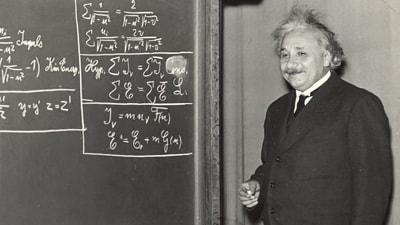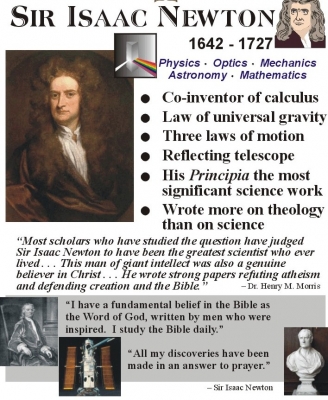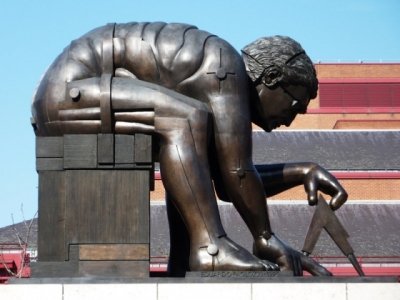What is the Special Theory of Relativity?

The Special Theory of Relativity was published in 1905. It presented the astonishing idea that space and time are not absolute but relative. Or simply put, changes in the measurements of distance and passing of time depends on the observer who is measuring them. Einstein added a fourth dimension (time) to the three existing dimensions (length, width and height).
Einstein revealed that time is experienced differently by observers in relative motion. Two events might appear as if they are happening at the same time for one observer, but they might happen at different times from the perspective of another. And the observers would be right in both cases.
Einstein later demonstrated this point with an experiment. Imagine a man standing on a railway platform as a train goes by. Each end of the train is struck by a bolt of lightning just as the midpoint of the train passes him. Because the lightning strikes are the same distance from the observer, their light reaches his eye at the same instant. Therefore, he would correctly say that they happened at the same time.
Meanwhile, there is an observer sitting in the exact midpoint of the train. From her perspective, the light from the two strikes also has to travel equal distances. She will therefore measure the speed of light to be the same in either direction.
However, as the train is moving, light from the lighting that struck the rear must travel more to catch up and will be slower to reach than the light from the front. This causes the observer inside the train to conclude that lightning struck the front of the train first rather than simultaneously. Einstein says that simultaneity is relative.
These new ideas were published in a paper titled On the Electrodynamics of Moving Bodies.
Picture Credit : Google






